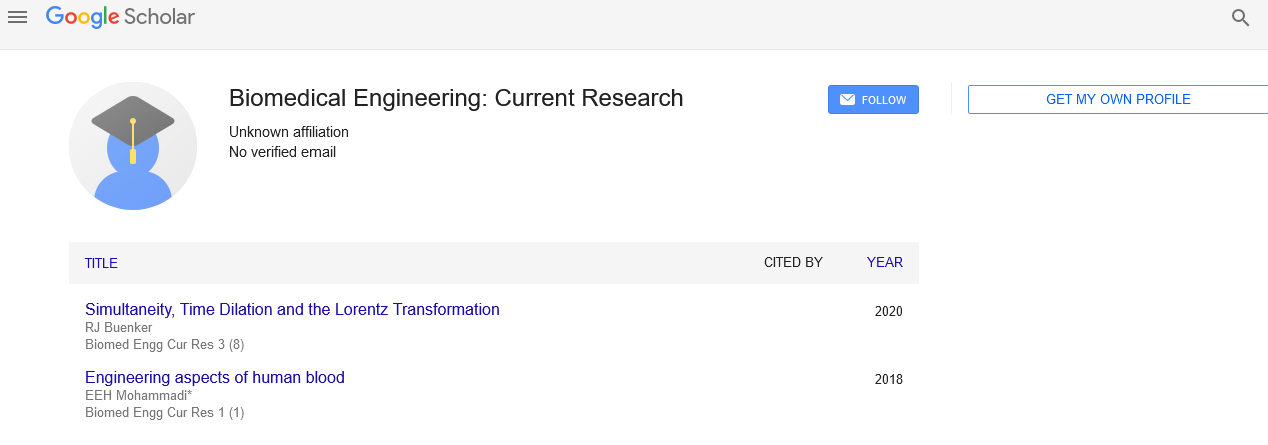
Sign up for email alert when new content gets added: Sign up
Abstract
Parameter Estimation Techniques for Different Diode Models: An Overview and Future Prospects
Author(s): Souvik Ganguli and Saumyadip HazraFrom the past few decades, the world has seen many ups and downs in the field of power generation due to many prevailing issues presented by the conventional methods. The conventional fuels are drying out and would be empty very soon, further the amount of pollution contributed by them is huge. They produce a large amount of harmful fumes in the environment directly into the air. Besides they also pollute the water and the soil. As a result of it, people set out for finding an alternative for the production of electricity and came up with renewable energy resources. These energy resources do not pollute the environment and have unlimited availableness. Out of all the energy resources the solar energy has got the maximum potential as it is available to almost all the countries in the world and in an abundant amount. The electricity is generated from solar energy by the use of photovoltaic (PV) technology. PV are the silicon- based semiconductor which when illuminated produces electricity. For the proper evaluation of the PV panels the knowledge of the appropriate mathematical model is crucial as they lead to the calculation of intrinsic parameters. These parameters are not provided by the manufacturer and if they are not known then the performance parameters including efficiency cannot be determined accurately. The efficiency of the panel may change slightly over the years and depends on its usage as well. It also depends on the environmental conditions the panel is subjected to and the different types of fault which may be internal or external faults that may appear in it. The intrinsic parameters of the PV panel depends on the also depends on the irradiation level and this is being used for the extraction of them. Different conditions which are known from the manufacturers are applied to the mathematical equations formulated from the mathematical model and then they are solved. Hence, an accurate model needs to be chosen for this. The literature has evidence of many such models which are known to give good results for the parameters extracted. Single diode model (SDM) is the simplest amongst the lot, in which the cell is represented with the help of a single diode and accounts for the losses in the quasi-neutral region. It also consists of a series resistance, a parallel resistance and there are overall five parameters which need to extracted from it. This model is the simplest model and provides good results quickly. In order to get clearer image of the PV cell a slight modification was made in the existing single diode model where another diode was added parallel to it and was called the double diode model (DDM). The second diode introduced accounts for the loss in the space charge region and is more accurate than the SDM. With accurateness the complexity and the number of variables to be to be estimated which increases to seven.




